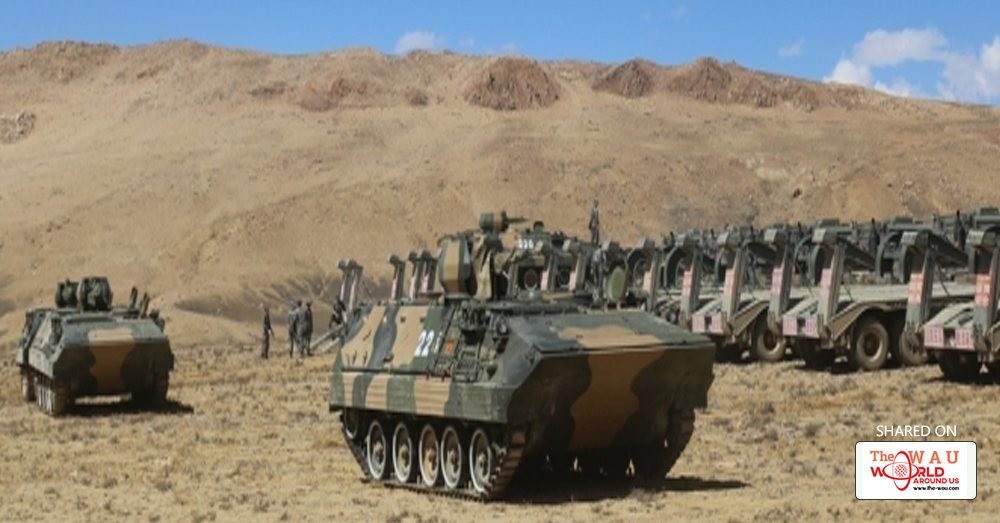Escalation of the Doklam stand off+ into a shooting war is unlikely to deliver significant gains for China, and a wider conflict carries the risk of heavy casualties tilting the odds in favour of diplomacy prevailing despite a barrage of angry words from Beijing.
The assessment in top government circles is that a flare up at Doklam and other possible trouble-spots along the India-China border is not going to translate into a tangible territorial or strategic advantage for China as an armed conflict may not throw up clear winners and losers. If India does not suffer the humiliation as it did in the 1962 war, China's aura as the pre-eminent Asian power and rising challenger to American might could be dented — an unattractive scenario ahead of a crucial Communist Party congress due in September and a leadership conclave that precedes it.
The possibility of a conflict spreading to other areas along the 3,488km India-China border — large sections of which are disputed — is worrisome for both sides and neither has a clear upper hand. At Doklam itself, geography gives India the higher ground and a distinct military advantage. India lags behind China in border infrastructure but a conflict will be a lot less uneven than Chinese hawks anticipate and fighting could mean heavy toll for both armies.
Sources said swift action by the Indian Army in halting Chinese road building at Doklam has proved critical in ensuring that Indian forces retain their leverage and prevent the PLA from gaining a vantage point over the road link from Bagdogra to Guwahati as well as Siliguri.
Deepening economic relations with a bilateral trade of more than US$ 70 billion is another factor identified by analysis, like a recent Brookings study, along with a long tradition of diplomatic exchanges that can contain the confrontation. Economic engagement did not prevent China-Japan ties from deteriorating over the Senkaku islands dispute but both sides have avoided a military confrontation in the East China Sea.
Just as China's political calendar cramps President Xi Jinping's elbow room, PM Narendra Modi also has limited political space to unilaterally back down without raising concerns that this will encourage China to mount more pressure along disputed segments of the border.
Modi and Xi are likely to see each other at the Brics summit in China on September 3-4 and this will provide another opportunity to explore means to resolve the military stand-off at the remote plateau that is part of Bhutanese territory but disputed by China.
The stalemate near the Sikkim-Tibet-Bhutan trijunction has lent itself to varying interpretations with some analysts warning that China may act on its threats. But the emerging view seems to be that the costs of a war in economic and strategic terms will be prohibitive and check China's war-like stance.
Share This Post















